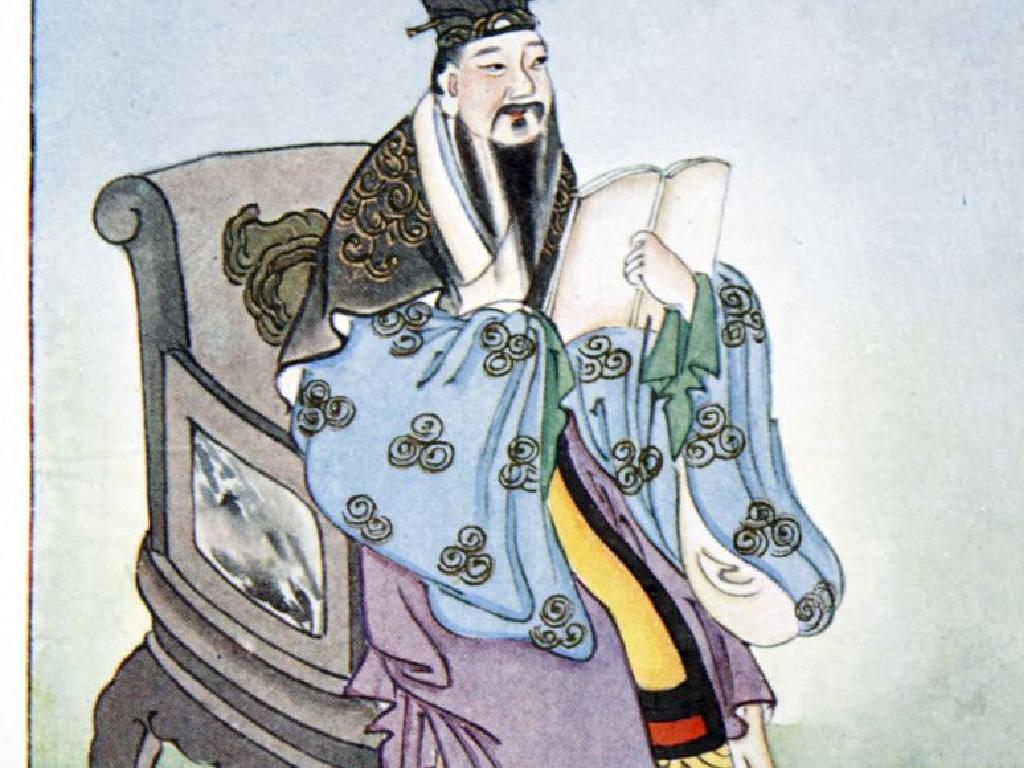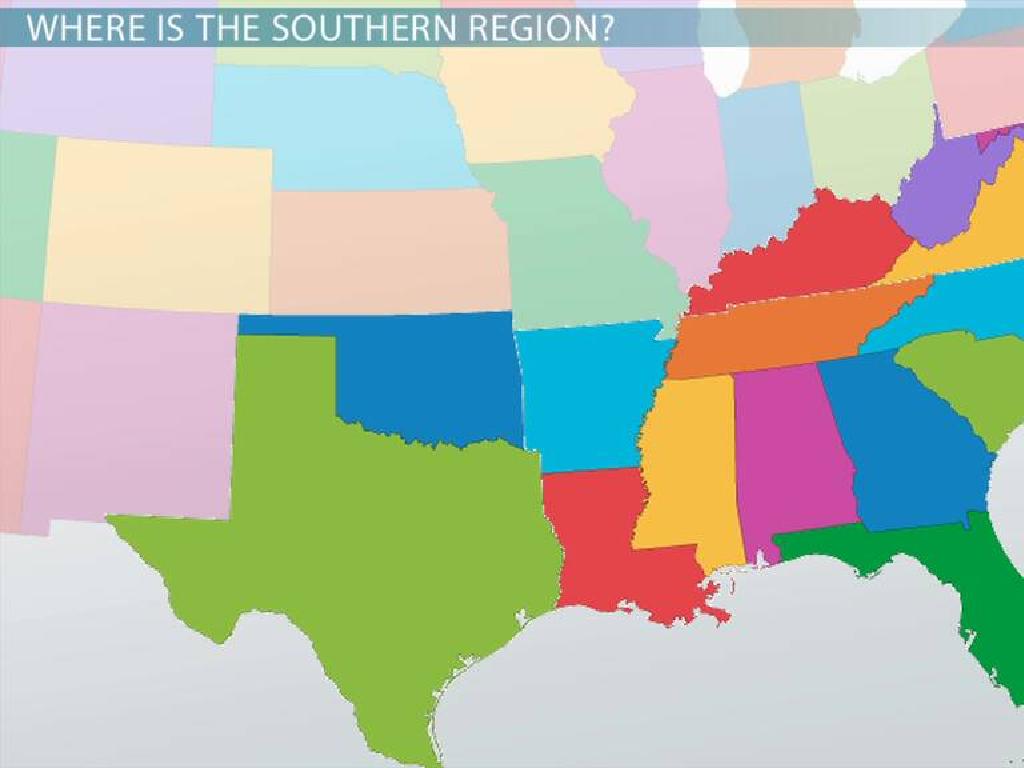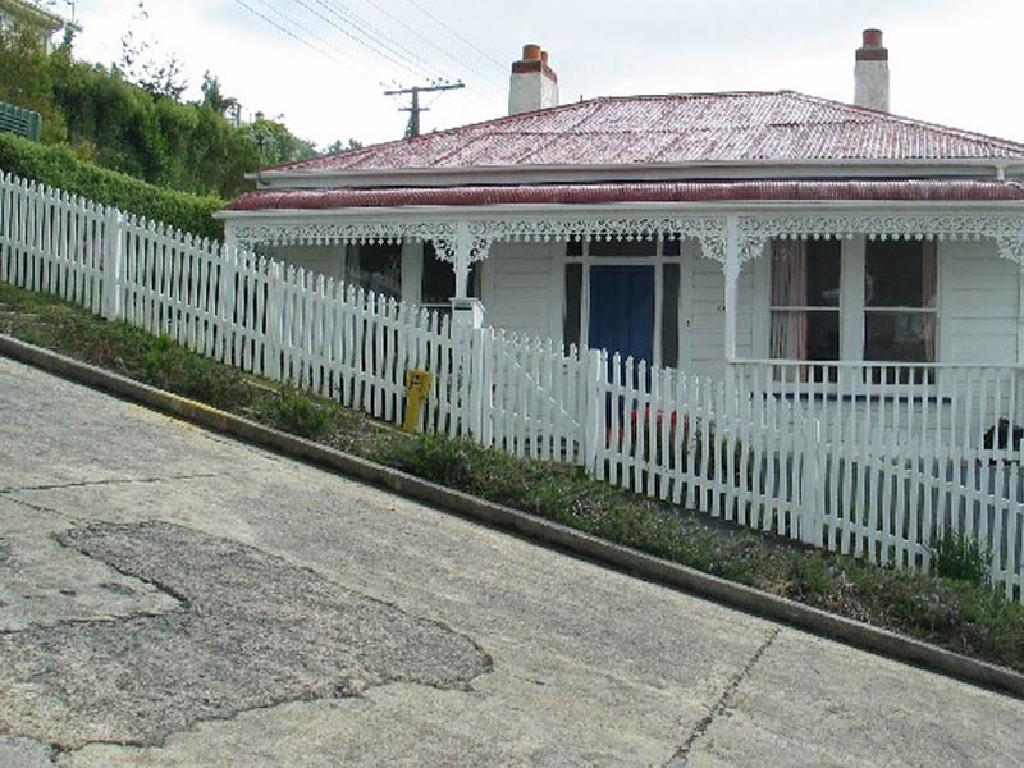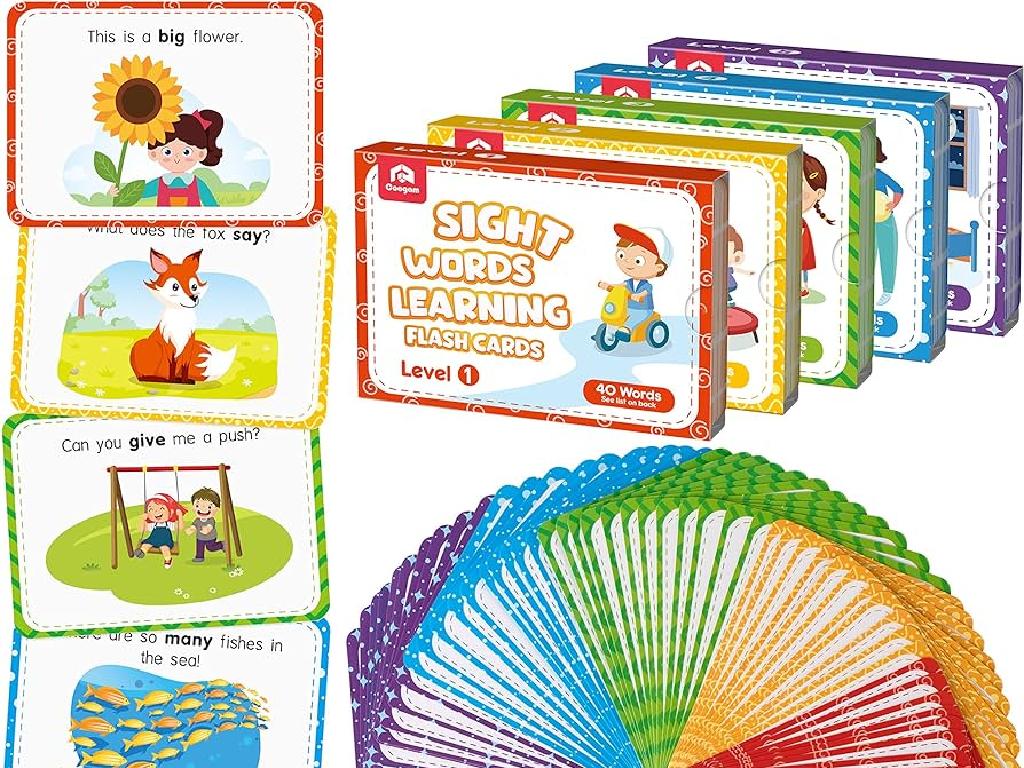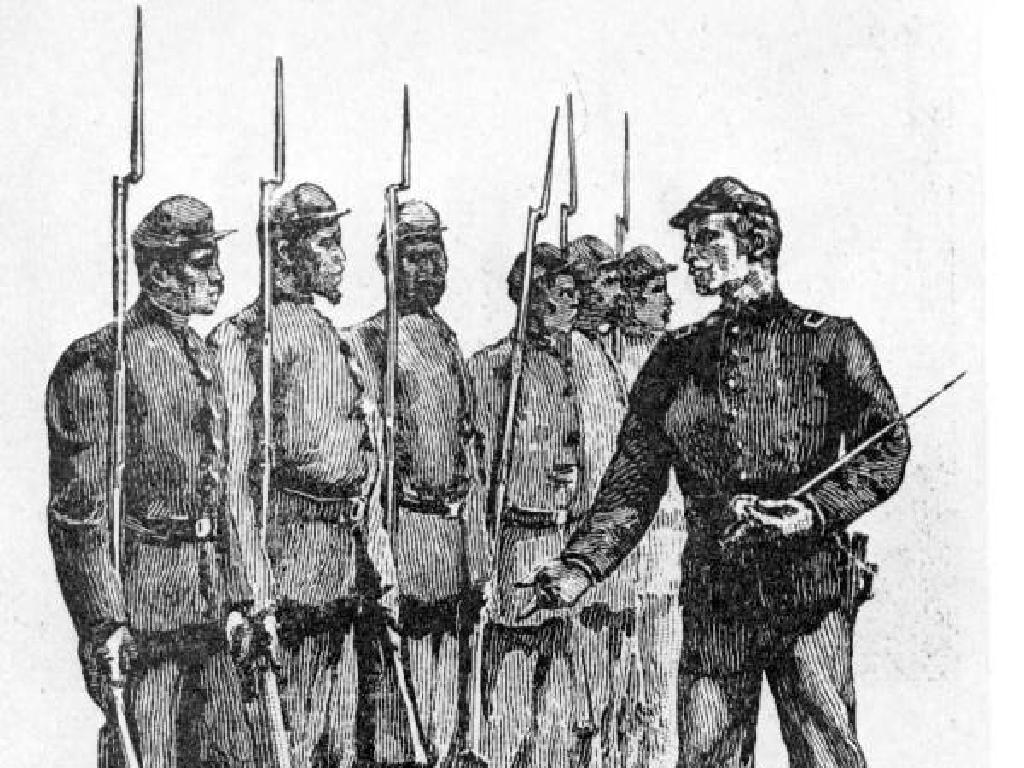Time Zones
Subject: Math
Grade: Fourth grade
Topic: Time
Please LOG IN to download the presentation. Access is available to registered users only.
View More Content
Exploring Time Zones
– Time varies around the world
– When it’s morning here, it might be night elsewhere!
– Time zones explained
– Imaginary lines divide Earth into 24 sections, each with its own time
– The importance of time zones
– They help us know when to call someone far away and organize global events
|
This slide introduces the concept of time zones to fourth-grade students, helping them understand that time is not the same everywhere due to the Earth’s rotation. Begin by explaining that as the Earth rotates, different parts experience day and night at different times, leading to the need for time zones. Each time zone represents a region where the time is uniform. Emphasize the practical reasons for time zones, such as scheduling international calls or flights. Use a globe or map to show time zones visually if possible. Encourage students to think about how time zones affect their lives, such as when watching a live event broadcast from another part of the world.
Understanding Time and Time Zones
– Measuring time: tools & methods
– We use clocks and watches to measure time.
– Earth’s rotation affects time
– Earth takes 24 hours to rotate once, creating day & night.
– History: sundials to atomic clocks
– Timekeeping evolved from simple sundials to precise atomic clocks.
– Time zones: global time coordination
|
This slide introduces the concept of time and its measurement. Begin by discussing the various tools humans have used to measure time, from ancient sundials to modern atomic clocks. Explain how the Earth’s rotation results in the 24-hour day cycle and influences our perception of time. Highlight key historical advancements in timekeeping technology. Conclude with an introduction to time zones, explaining that they were created to help coordinate time across different regions of the world. Use a globe or map to show how the Earth is divided into time zones. Encourage students to think about how time would be different if the Earth rotated at a different speed.
Understanding Time Zones
– Earth divided into 24 time zones
– Like a cake cut into 24 pieces, each piece is a time zone.
– Each zone is 15 degrees longitude
– Longitude lines run from North to South Pole.
– Local time shifts by one hour per zone
– When you travel, time changes by 1 hour for each zone crossed.
– Time zones help us know the time around the world
|
This slide introduces the concept of time zones to fourth-grade students. Begin by explaining that the Earth is like a round cake that has been cut into 24 slices or time zones. Each slice represents a different time zone. These zones are determined by lines of longitude, imaginary lines that run from the North Pole to the South Pole. As one travels across these lines from one zone to another, the local time changes by one hour. This system helps us organize time across different parts of the world. Use a globe or map to visually demonstrate this concept and discuss why time zones are important for activities like international travel and communication.
Why Do We Have Time Zones?
– Standard reference time for regions
– Aids global communication and travel
– Syncs with day and night cycle
– Time zones align with Earth’s rotation and sunlight patterns.
– Helps plan daily activities
– We use time zones to decide when to wake up, work, and sleep.
|
Time zones were created to standardize time across different geographic areas. This standardization is crucial for scheduling in communication, transportation, and international business. It also allows for activities to be synchronized with the natural day and night cycle, which is determined by the Earth’s rotation. For example, when it’s morning in one part of the world, it’s evening in another. By understanding time zones, students can grasp why it’s morning in their city while it’s nighttime on the other side of the planet. This concept helps them understand the global nature of time and how it affects daily life, such as knowing the best time to call a relative who lives in a different country.
Time Zones in the United States
– US spans 6 time zones
– From East to West, time changes across the US
– Examples: EST and PST
– New York is EST, California is PST
– TV broadcasts across zones
– A show at 8 PM EST airs at 5 PM PST
– Live events and time zones
– Sports games are live but time differs by zone
|
This slide introduces students to the concept of time zones within the United States, explaining that the country is large enough to span 6 different time zones. Provide examples such as Eastern Standard Time (EST) for the east coast and Pacific Standard Time (PST) for the west coast. Discuss how this affects the timing of TV shows and live events, such as a football game that is broadcasted live across the country but viewed at different local times. Encourage students to think about how time zones would affect their favorite TV shows or events if they were in a different time zone. This will help them understand the practical implications of time zones in everyday life.
Calculating Time Differences Between Time Zones
– How to find time in another zone
– Example: 3 PM EST to PST
– If it’s 3 PM EST, it’s 12 PM (noon) PST
– Practice time conversion
– Convert times between EST, CST, MST, and PST
– Understanding US time zones
|
This slide introduces students to the concept of calculating time differences across US time zones. Start by explaining that the United States spans multiple time zones and that time changes by one hour with each zone you move across. Use the example provided to show how to subtract three hours from EST to find the time in PST. Then, engage the students in practice activities where they convert times between the four main US time zones: Eastern Standard Time (EST), Central Standard Time (CST), Mountain Standard Time (MST), and Pacific Standard Time (PST). This will help them understand how time is affected by location within the country. The activity should be interactive, allowing students to work out problems in pairs or groups.
Understanding Daylight Saving Time
– What is Daylight Saving Time?
– DST adjusts our clocks to extend evening daylight.
– ‘Spring forward, Fall back’ explained
– In spring, clocks move forward 1 hour. In fall, they go back 1 hour.
– Why do we have DST?
– DST saves energy and makes better use of daylight.
– Where is DST used around the world?
– Not all countries use DST; it’s mostly in Europe and North America.
|
Daylight Saving Time (DST) is a practice where clocks are set forward by one hour during the warmer months to extend evening daylight and set back again in the fall. This slide will help students remember the DST changes with the phrase ‘Spring forward, Fall back.’ Discuss the reasons behind DST, such as energy conservation and making better use of daylight. Highlight that while many countries participate in DST, it is not a global practice. Encourage students to think about how this affects their daily routines and to explore which countries follow DST and which do not.
Class Activity: Time Zone Challenge
– Divide into groups for the activity
– Each group receives a map and questions
– Convert times between time zones
– Use the map to find the time zone differences
– Solve the time zone puzzle
– Apply conversion skills to answer questions
|
This interactive group activity is designed to help students understand time zones and the concept of time conversion. Divide the class into small groups and provide each with a world map marked with different time zones and a set of questions that require converting times from one zone to another. This will challenge students to apply their knowledge of time zones in a practical way. As a teacher, circulate the room to assist groups as needed. Possible questions could include calculating the time in another country if it’s a certain time at home, or what time a live event broadcasted globally would be watched in their time zone. Encourage groups to discuss strategies and collaborate to find solutions, fostering teamwork and problem-solving skills.

